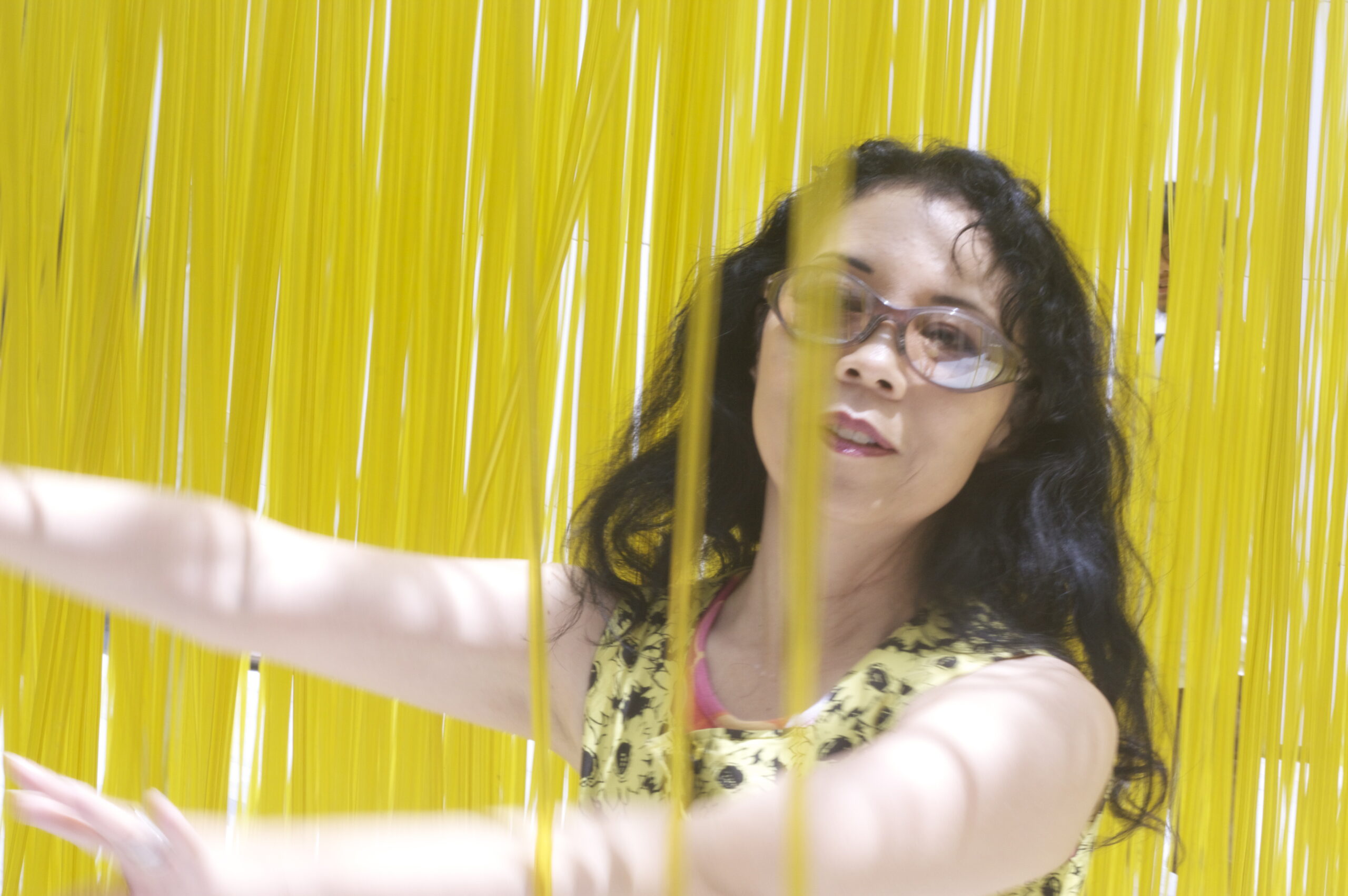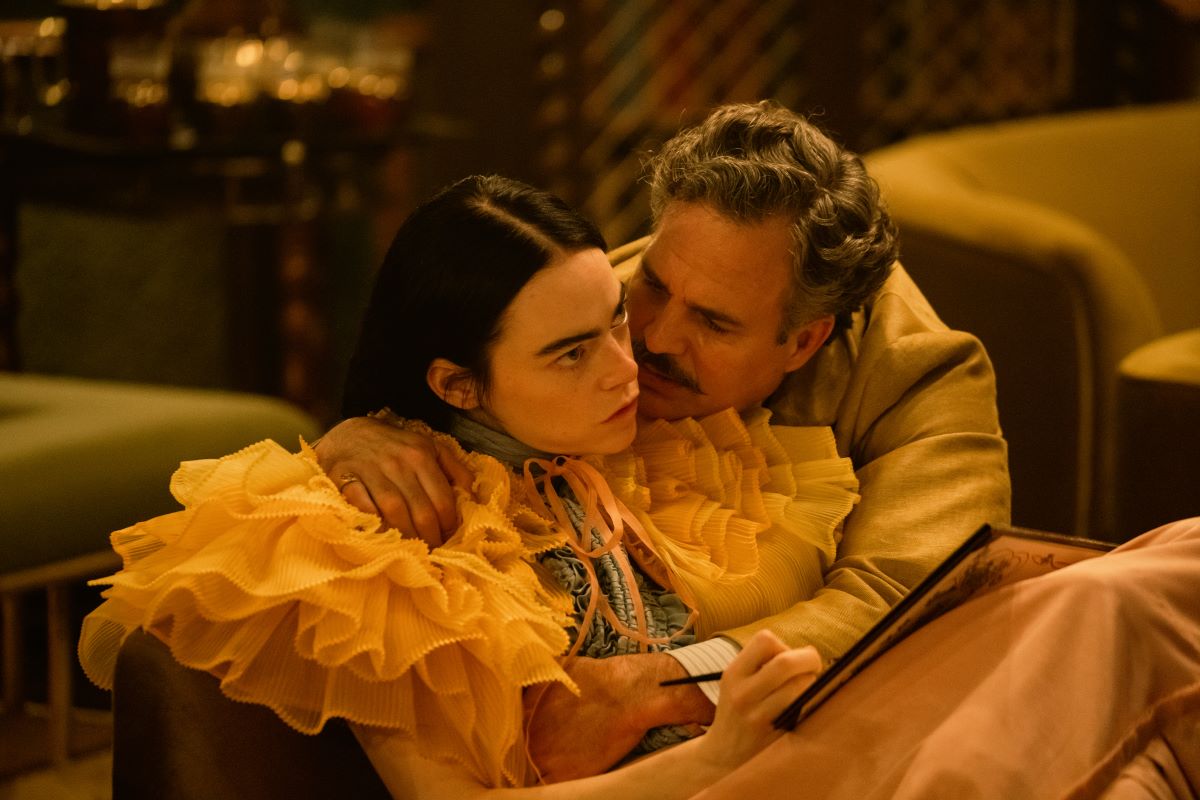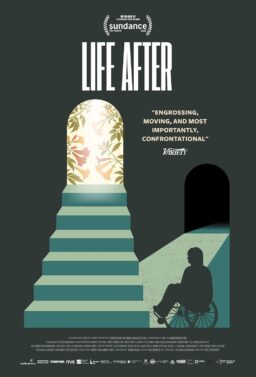If you thought that the Hollywood union talks were over with the 2023 SAG-AFTRA strike ending last year, Women’s History Month marks the beginning of another fair contract negotiation with the Alliance of Motion Picture and Television Producers, this time with the predominantly female Costume Designers Guild. Their campaign mottoes say it all: “pay equity now” and “naked without us.”
When we think of movies and television and the stars, when we attend conventions and see cosplayers, when we follow fashion trends set by fictional characters in films and television or if we’re finally realizing that mutton chops can refer to sleeves and not just food or sideburns and are considering big shoulders and extra puffy sleeves for a new frock, we’re following the original media influencers: the costume designers. Yet even as we see costume exhibits at movie houses, buy studio-authorized costumes or sewing patterns, costume designers are not getting their due. The guild is 87% female with about 20% of the membership identifying as LGBTQ+.
Trayce Gigi Field noted, “There’d be a huge movie and the costumes would be on display and they would just say worn by so-and-so, and the costume designer would not be listed.” Because the costume designers are pay-for-hire, unless their individual contract specifies it, they do not receive royalties or any profits from commercially sold sewing patterns or costumes based on their designs. They are also largely overlooked by the press as well.
Even their awards ceremony, which occurred this year on February 21st, goes by with barely a mention in the news, although the fashions by these influencers were posted on Instagram. The pink that last year became associated with Barbie was everywhere because many attendees addressed the #PayEquityNow campaign in their evening wear. The current contract Costume Designers Guild has with the AMPTP expires in July. Costume designers are the lowest paid creative department heads in film and television, nearly 30% less per week than other majority-male creative department heads and often less than the assistants of those same positions.
The last negotiations were during a time when the movie and television industry and the country were just coming out of COVID-19 restrictions. It wasn’t the time to push when the industry was just feeling its way back to the new normal.
CDG president Terry Gordon acknowledges that “we came to the table very late.” The CDG (Local 892) was first organized in 1953 and is a union of professional costume designers, assistant costume designers, and costume illustrators working in film, television, commercials, and other media, and is a member of the International Alliance of Theatrical Stage Employees (IATSE) with over 1,200 members. The Screen Actors Guild (SAG) was founded in 1933 while the American Federation of Television and Radio Artists (AFTRA) was founded soon after in 1937. In 2012, the members of both organizations voted to merge and form SAG-AGTRA.
Yet Gordon noted, “We are 90% of the screen” and the costumes have cultural impact. “I mean, you still remember Scarlett O’Hara’s green velvet gown that was in ‘Gone with the Wind’ and Morticia Addams and her slinky black mermaid gown.” Unlike the Writers Guild of America West, the Directors Guild of America, or SAG, CDG Local 892 comes together with 12 other sister locals to negotiate a unified contract.
Gordon has a special connection with SAG-AGTRA president Fran Drescher, who became president in 2021, replacing Gabrielle Carteris (2016–2021). Gordon was the costume designer for Drescher’s “The Nanny” (1996–1999), for which she received three Primetime Emmy nominations (Outstanding Costuming for a Series, 1997–1999, shared with Shawn Holly Cookson) and the costume supervisor for Drescher’s “Happily Divorced” (2011–2012). You’ve probably seen her work on the 2020 “The Queen’s Gambit” or the reboot of “One Day at a Time” (2017–2020) where she was the key costumer. She recently retired from her position as an adjunct professor at the University of Southern California, but continues working with Reba McEntire, for whom she has designed for over 20 years.
According to Variety, Drescher provided a recorded message for the awards, saying, “Please know SAG-AFTRA supports you in your upcoming negotiations and commitment to pay equity. We thank you for your support and solidarity during our recent strike.”
The awards include the categories:
- Excellence in Contemporary Film: “Saltburn” (Sophie Canale)
- Excellence in Period Film: “Poor Things” (Holly Waddingham)
- Excellence in Sci-Fi/Fantasy: “Barbie” (Jacqueline Durran)
- Excellence in Contemporary Television: “Beef: The Birds Don’t Sing, They Screech in Pain” (Helen Huang)
- Excellence in Period Television: “The Great: Choose Your Weapon” (Sharon Long)
- Excellence in Sci-Fi/Fantasy Television: “Ahsoka: Part Eight: The Jedi, the Witch, and the Warlord” (Shawna Trpcic)
- Excellence in Variety, Reality-Competition, Live Television: “A Black Lady Sketch Show: Peek-A-Boob, Your Titty’s Out” (Michelle Page Collins)
- Excellence in Short Form Design: “Madonna X Vanity Fair: The Enlightenment” (B. Åkerlund)
- Excellence in Costume Illustration: “Rebel Moon—Part One: A Child of Fire” (Jason Pastrana)
Trayce Gigi Field, chairman of the CDG Diversity Committee, was a double nominee (Excellence in Contemporary Television for “Poker Face: The Orpheus Syndrome” and “Jack’s New Angle,” the Doritos Super Bowl commercial) but didn’t come away with any trophies this year.
Previously nominated for a 2021 CDG Award for “Barb and Star Go to Vista Del Mar” (Excellence in Contemporary Film), Field was the costume designer for the TV series “A League of Their Own,” for which she was nominated for an NAACP Image Awards in 2023. The CDG Awards in 2021 were held on Twitter due to the pandemic, so Field felt both excited and grateful for her double nod this year. The event, though not as well-known as other awards ceremonies, has costume designers dressed to the nines in fabulous outfits. Field said, “Many of us have incorporated the ‘Pay Equity’ slogans into our costumes.” And because their job is to design, she added, “We’re our own business cards,” making the awards ceremony “really a time to show up and show out.”
One person who did get a CDG Award (Excellence in Period Film) added that to her BAFTA (Best Costume Design) and is looking forward to attending the Oscars is Holly Waddington. Interviewed at a “Poor Things” party celebrating its streaming and Blu-ray releases—it is now available digital and on Blu-ray/DVD on March 12th—Waddington also wondered if big shoulders will make a comeback. The social media party and the future glitz of the Oscars are a far cry from her first job after college.
“I found it very boring at the beginning because I was sorting out socks and pairing socks and pairing gloves and sorting out 1950s jackets, but my mother encouraged me to stick with it,” she explained. “It was great training because whilst we were not earning a lot of money doing it … we were being trained. We had history of costume lessons.” They learned “what does a restoration costume look like, what and which underpinning would you use and what would you use if you haven’t got exactly the right thing.” This training allowed her to meet costume designers and also helped her in deconstructing the Victorian wardrobe for “Poor Things.” With the mutton chop–sleeved clothing for Emma Stone’s Bella, Waddington said, “I’m trying to express something of her, where she’s at in her development” because “she has not lived in the world and acquired the sorts of understanding of expected norms and behavior.”
While Gordon graduated from Carnegie Mellon University with an MFA in Costume Design and Holly Waddington studied fine art at The Ruskin, Oxford University and scenography at Laban, Field took classes at a community college, El Camino, and then studied at the Fashion Institute of Design and Marketing (FIDM).
Field began working retail at a mall and met people who were working on TV shows when they came in, asking them how they got started, but most of the time, everyone told her she’d have to work for free. Field couldn’t do that, but she says, “I was scrappy and I wanted this so I figured out a path to get here.” Field, whose mother was a Black American from New Orleans and whose father was Jewish from Poland, making her “Blewish,” tries to pay it forward, so besides being concerned with pay equity, she’s involved with programs to increase diversity and representation in CDG.
Emmy Award–winner Ariyela Wald-Cohain (Outstanding Costumes for a Variety, Nonfiction, or Reality Program for “Sherman’s Showcase,” shared with Patty Malkin and Erica D. Schwartz), is one of four people on the CDG’s Pay Equity Steering Committee. Wald-Cohain was born in South Africa, but raised in Israel. After she got her bachelor’s degree in Costume Design for Theater (BFA) at Tel Aviv University, she and her husband came to the US, arriving with four suitcases and $4,000. They started out in New Jersey, staying with relatives. Wald-Cohain’s first job was in makeup. “It seemed easier to get into, she recalled.
When she eventually came to California via New York, she decided to focus on costume design. “I missed being part of the process of building characters and being the beginning of the process, when you’re speaking to the director and you’re actually really getting ready, of building the story and the narrative and the story arc, so at some point I stopped doing hair and make up and I just focused on costume. I did ‘Waitress’ and then I got into the costume designer guild.”
She likes costume designing because “I felt more involved in the creating of the characters… Unless it’s a special project and there’s aging or somebody specific is brought on, but most projects you’re brought on 5 to 10 to 12 weeks early and then makeup and hair usually come on a week or two before.”
Some designers can make good money, but even if a designer is being paid above scale, their pension is connected to their scale. “So if the scale is $3,200, let’s say I go do a big movie and they pay me $4000. That’s above scale, but my pension is going to still stay on that $3200… So if you look at our pension compared to a production designer pension in the span of 20 years, it’s significantly bigger on their side because they’re getting the 6% on the thousand dollar more per week,” Wald-Cohain explained.
CDG members can receive residuals, Gordon said, “Unlike a residual check each time something pops up, any residuals that we get go directly into our pension fund” but they have no intellectual property rights as pay-for-hire workers.
The CDG Pay Equity Now campaign also benefits from the 2016 California Fair Pay Act.
Wald-Cohain said, “We’ve been saying that our job is very similar to production designers and again, not bringing them down at all because we love the production designers and we would not take anything away from them, we just want to get what they’re getting.” A study has shown that their jobs are “substantially similar.”
Waddington gets “very cross to think that we’re paid less than production designers” and feels it is “deeply rooted in sexism.”
Gordon said of the negotiations, “Nobody ever gets everything they want. That’s just the way it is, but there are some really big issues, and compensation and equal pay is our swan song.” Wald-Cohain agreed, saying, “We really needed to push it now because we just felt like the time is right.”












